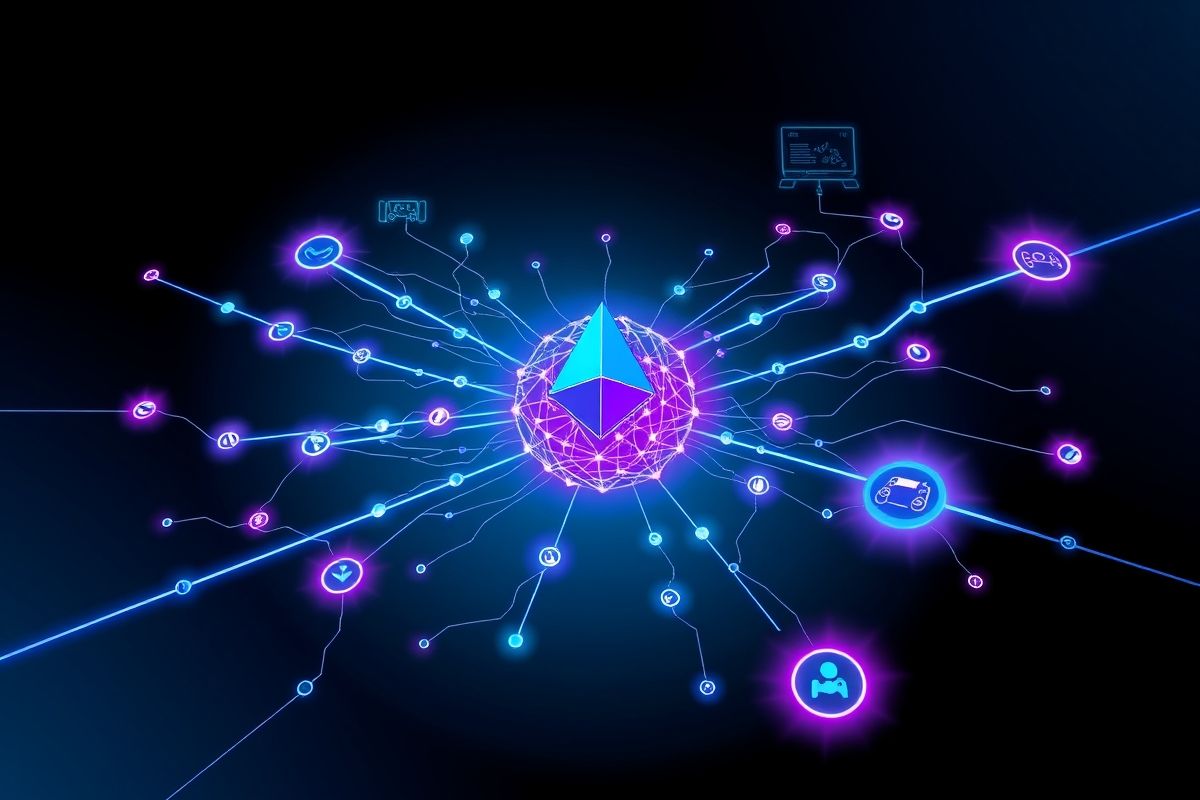Ethereum's Scaling Dilemma: Unveiling the Power of Layer-2 Solutions in Real-World Applications
Ethereum, the pioneering blockchain platform for smart contracts, faces a significant challenge: scalability. Its ever-growing popularity has led to network congestion, resulting in high transaction fees (gas fees) and slow transaction processing times. This has hindered its potential for mass adoption and sparked a flurry of innovative solutions: Layer-2 scaling protocols.
What are Layer-2 Scaling Solutions?
Layer-2 scaling solutions are technologies built *on top* of the Ethereum blockchain to handle transactions off-chain. This reduces the load on the main Ethereum network (Layer-1), significantly improving speed and reducing costs. Think of it like adding express lanes to a busy highway. Transactions are processed faster and cheaper on the express lanes (Layer-2), while still maintaining security and finality on the main highway (Layer-1).
Types of Layer-2 Scaling Solutions
- Optimistic Rollups: These roll up many transactions into a single batch and submit them to the main chain for verification. They assume transactions are valid unless proven otherwise, offering a balance between speed and security.
- ZK-Rollups (Zero-Knowledge Rollups): Similar to optimistic rollups, they batch transactions. However, they use cryptographic proofs (zero-knowledge proofs) to verify the validity of the batch without revealing the transaction details, providing stronger security and faster confirmation times.
- State Channels: These create a dedicated communication channel between two or more parties. Transactions are processed off-chain, and only the final state is recorded on the main chain, minimizing on-chain activity.
Real-World Applications
DeFi (Decentralized Finance)
Layer-2 scaling is transforming DeFi. Platforms like Arbitrum and Optimism handle a significant volume of DeFi transactions, offering users lower fees and faster execution speeds for applications like decentralized exchanges (DEXs) and lending protocols. For example, Uniswap on Arbitrum experiences significantly lower gas fees compared to its Layer-1 counterpart.
NFTs (Non-Fungible Tokens)
The NFT space, often plagued by high gas fees, benefits immensely from Layer-2 scaling. Platforms are leveraging these solutions to reduce minting and trading costs, making NFTs more accessible to a wider audience. Loopring's ZK-rollup solution is a prime example, enabling faster and cheaper NFT transactions.
Gaming
Layer-2 is opening up new possibilities for blockchain-based games. By reducing transaction costs and latency, these solutions enable more complex and interactive game mechanics without compromising user experience. This is crucial for attracting a broader gaming community.
Code Example (Conceptual - Illustrative):
While a complete implementation would be extensive, we can illustrate the core concept of a transaction on a Layer-2:
// Conceptual representation - not actual implementation
const layer2 = new Layer2Client();
const transaction = {
from: "0x...",
to: "0x...",
amount: 10
};
layer2.sendTransaction(transaction)
.then(receipt => {
console.log("Transaction confirmed on Layer-2:", receipt);
})
.catch(error => {
console.error("Transaction failed:", error);
});
Market Insights and Future Predictions
The Layer-2 scaling market is booming. According to [insert reputable source], the market is projected to reach [insert market size prediction] by [insert year]. Key players include Arbitrum, Optimism, Polygon, Loopring, and many others. The future will likely see further innovation in zero-knowledge technology, leading to even faster and more secure Layer-2 solutions. We can expect greater interoperability between different Layer-2 networks and a more seamless user experience.
Actionable Takeaways
- Explore different Layer-2 solutions and choose the one best suited for your needs.
- Integrate Layer-2 scaling into your dApps to improve user experience and reduce costs.
- Stay updated on the latest developments in Layer-2 technology.
Resource Recommendations
- Arbitrum documentation: [insert link]
- Optimism documentation: [insert link]
- Polygon documentation: [insert link]
